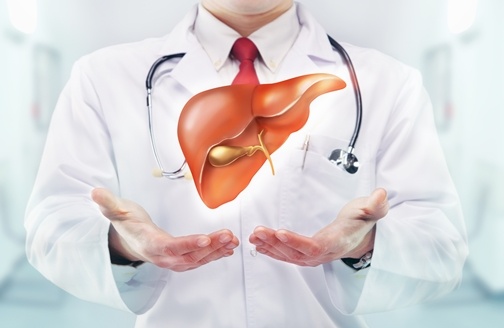
In a world first, scientists have restored organ function in a mouse with severe liver damage, using lab-grown stem cells. This breakthrough may lead to a stem cell therapy for liver failure in humans.
The study, published in the journal Nature, details how researchers transplanted liver stem cells into mice with severely damaged livers. After receiving the stem cells major sections of the liver began to regrow and regain function.
The liver contains complex cells called hepatocytes that help it repair after being injured. However, these cells cannot deal with serious injuries that are caused by conditions including cirrhosis and liver failure
The research team used a type of stem cell called hepatic progenitor cells (HPCs). They are precursors to the hepatocytes that exist within the liver. HPCs are easier to grow and transplant than hepatocytes. HPCs can also transform into other types of cells that are useful for the liver.
Despite the breakthrough, lead author Dr Stuart Forbes suggests that it may be some time before a stem cell therapy for liver failure can be developed, saying: “It will be some time before we can turn this into reality as we will first need to test our approach using human cells. This is much needed as liver disease is a very common cause of death and disability for patients in the UK and the rest of the world.”
Scientists hope to one day develop drugs that stimulate the activity of liver stem cells to regenerate liver tissue. This study is another milestone for the field of regenerative medicine, which seeks to find cures for conditions including liver failure, cerebral palsy, Alzheimer’s disease, arthritis, Parkinson’s and blindness.
Source: Stem Cell Therapy for Liver Failure Could Replace Liver Transplants
{{cta(‘3fe0aac7-7562-46dc-b8b9-c706d9cfd6b1’)}}
{{cta(‘fec594e9-5433-4350-9180-2bdd371eb399’)}}


